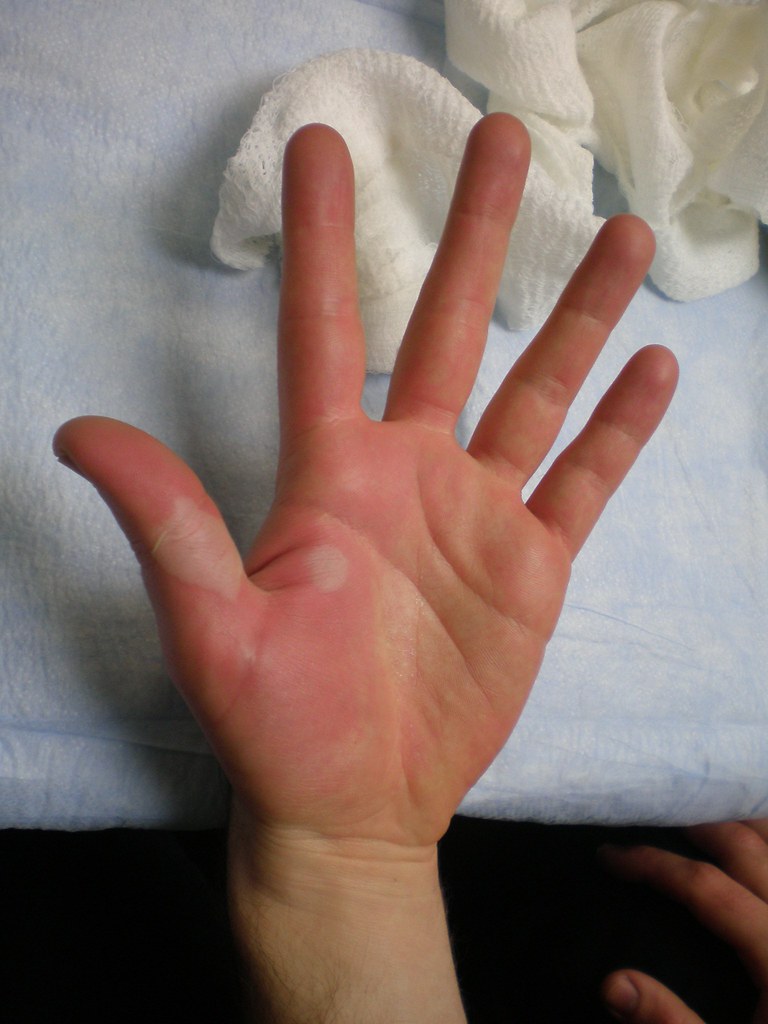

#1st degree burn on hands skin
If electricity causes a burn, the burn is large, or the affected skin appears charred or leathery, a person should seek emergency care. applying antibiotic ointment to the burn.It is still often possible to treat second degree burns at home, depending on the size of the affected area. Second degree burns may require more attention than first degree burns. People taking medications or living with underlying health conditions should talk to their doctor about appropriate treatment choices. Over-the-counter (OTC) pain medications may help with pain from first degree burns. using a lotion that contains aloe vera to help alleviate pain.covering the burned finger with a sterile bandage that will not stick to the burn.running the burn under cool water for 5 minutes to stop the burning.People can care for a first degree burn by: Often, a person with a first degree burn can treat it at home. First degreeįirst degree burns on the fingers require minimal care. The severity of the burn will determine the necessary treatment.įor third degree burns, it is important for a person to seek medical attention, even if the finger is the only affected part of the body. the skin may appear white, red, pale pink, or tan.The symptoms can vary according to the cause and the person’s skin type, but they may include: Third degree burns are the most severe and will likely require specialized treatment.īurns of this severity destroy both the epidermis and dermis.

the burned area appearing shiny and wet.
:max_bytes(150000):strip_icc()/degrees-of-burns-1298906_v2-b34a363d24824c8b935448fe774a753d.png)
blisters, under which the skin may be pink.dark red skin or other irregular discoloration.Some common second degree burn symptoms in children include: In addition to affecting the top layer of skin, a second degree burn partially damages the underlying layer, which is called the dermis. Second degree burnĪ second degree burn is more severe than a first degree burn. First degree burns are unlikely to cause blisters, but the affected area may appear red or discolored in some people. However, the symptoms will typically include a burning or painful sensation and mild swelling. The American Academy of Dermatology Association note that first degree burns only affect the top layer of skin.Ī person may get a first degree burn on the fingers after touching hot food, a curling or straightening iron, or hot cookware.īurns can present differently depending on a person’s skin tone. First degree burnįirst degree burns are the mildest type of burn. The following are the symptoms for first, second, and third degree burns. The symptoms of a burn vary depending on its severity. Share on Pinterest Image credit: PeopleImages/Getty Images


 0 kommentar(er)
0 kommentar(er)
